Laguna Tools Robland X31 User manual
Other Laguna Tools Industrial Equipment manuals
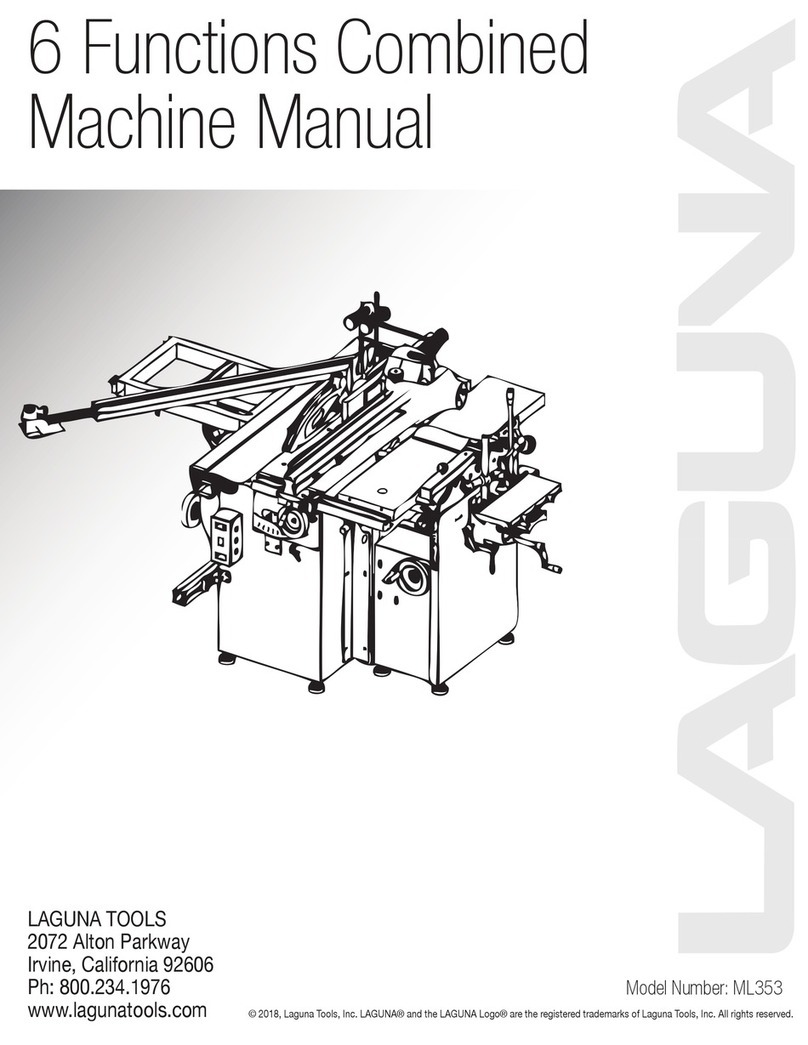
Laguna Tools
Laguna Tools ML353 User manual
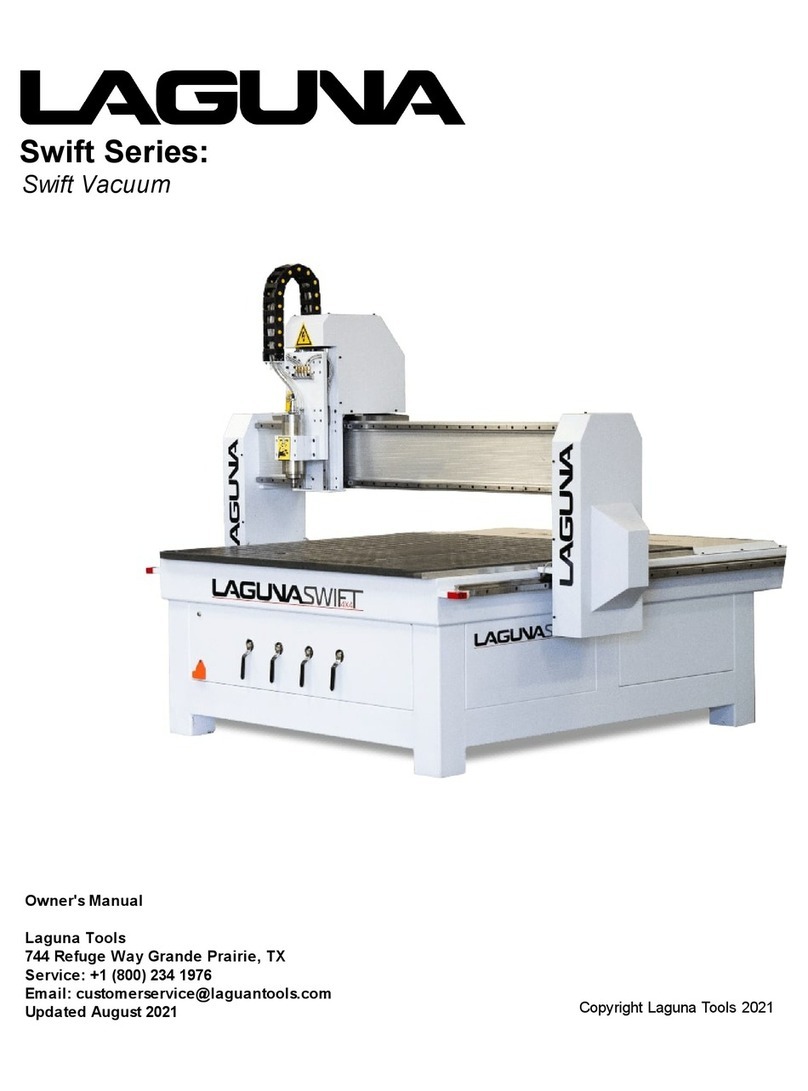
Laguna Tools
Laguna Tools Swift Series User manual
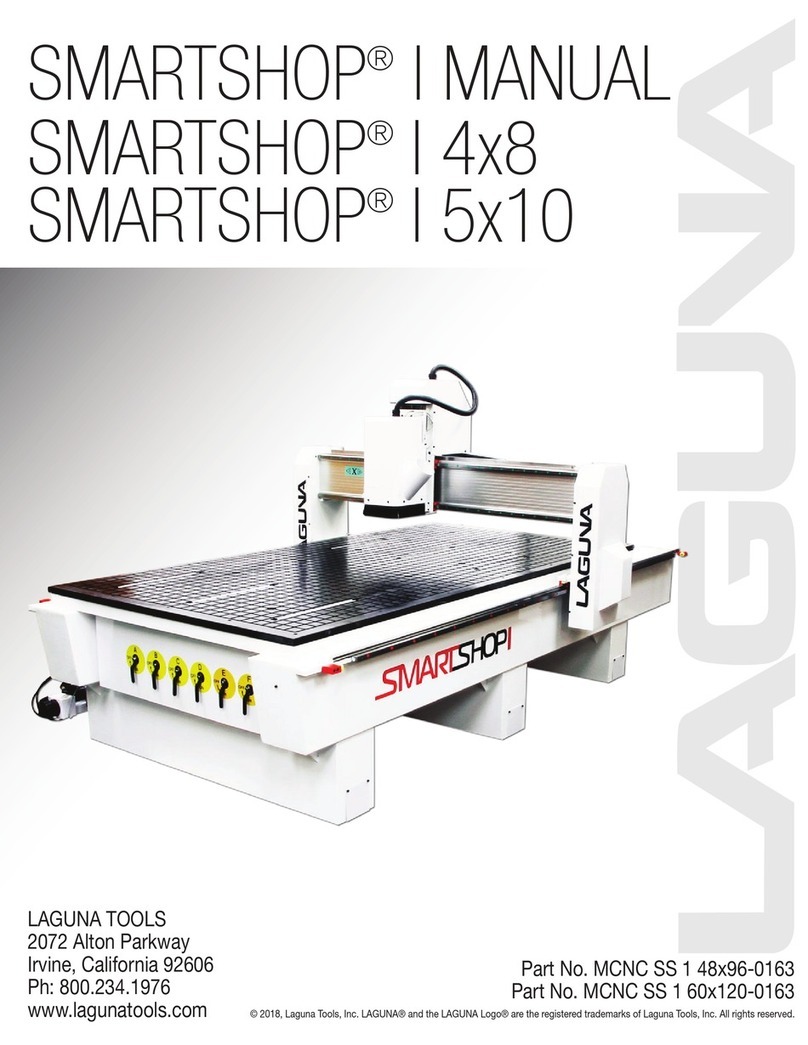
Laguna Tools
Laguna Tools SMARTSHOP I MANUAL User manual
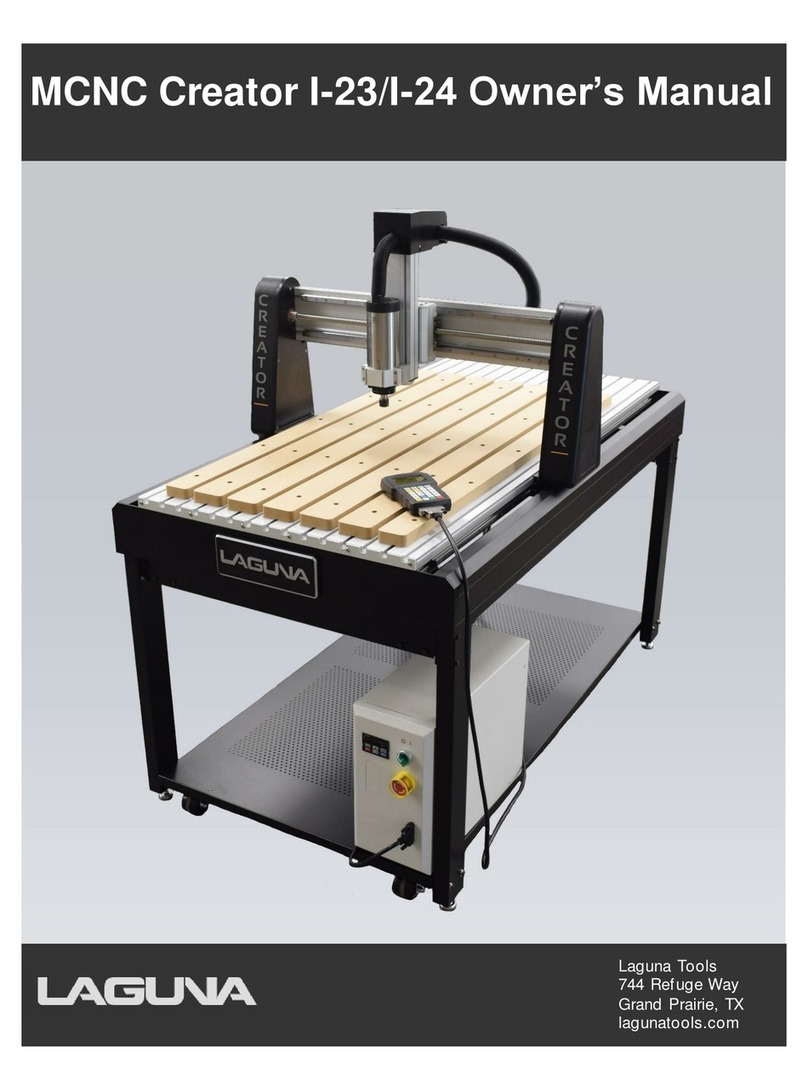
Laguna Tools
Laguna Tools MCNC Creator I-23 User manual
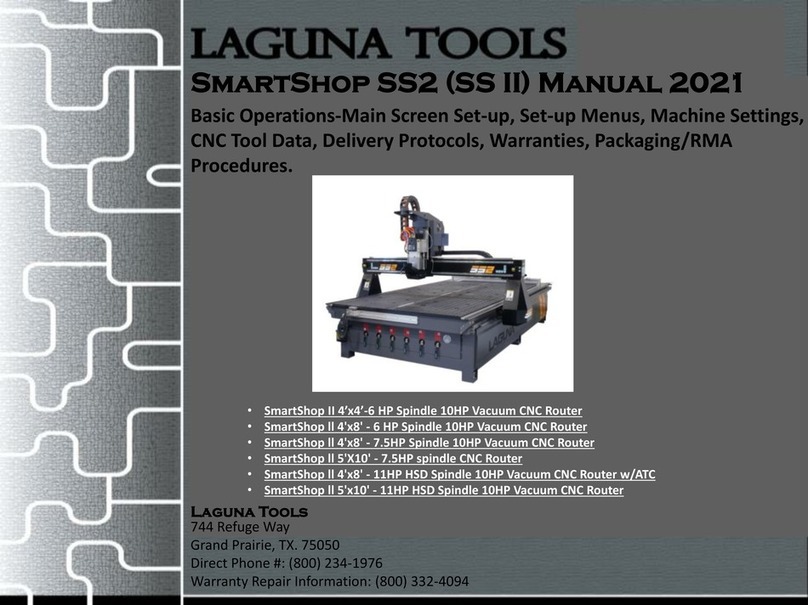
Laguna Tools
Laguna Tools SmartShop SS2 User manual
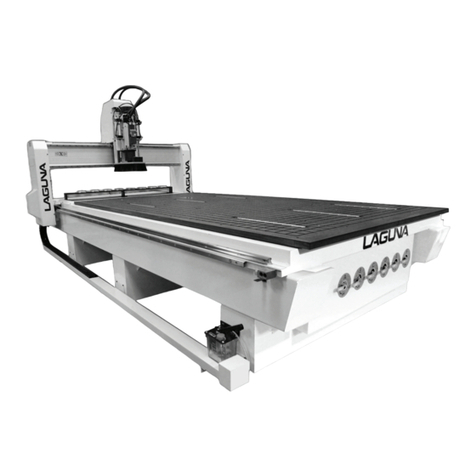
Laguna Tools
Laguna Tools Smartshop II Series User manual

Laguna Tools
Laguna Tools Swift Series User manual
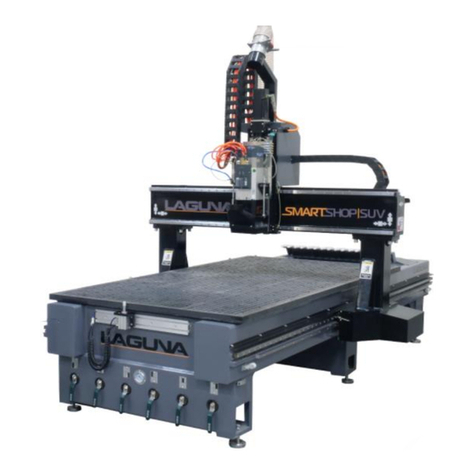
Laguna Tools
Laguna Tools Smartshop SUV User manual
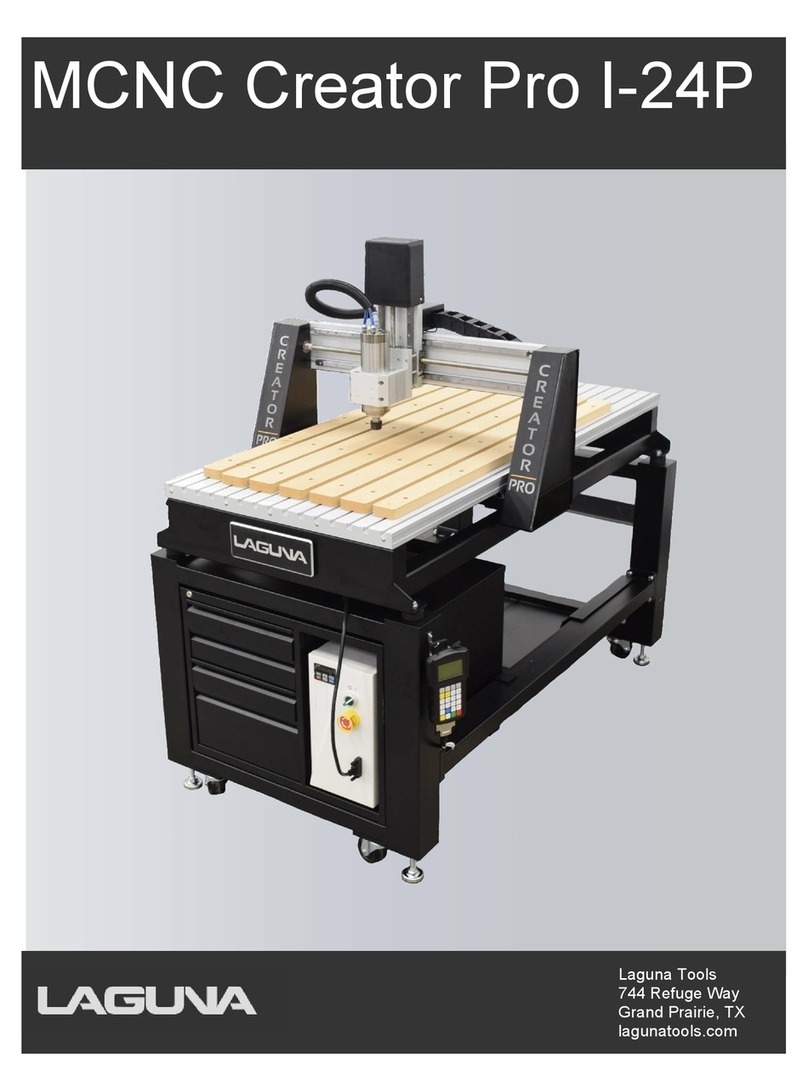
Laguna Tools
Laguna Tools MCNC Creator Pro I-24P User manual



























